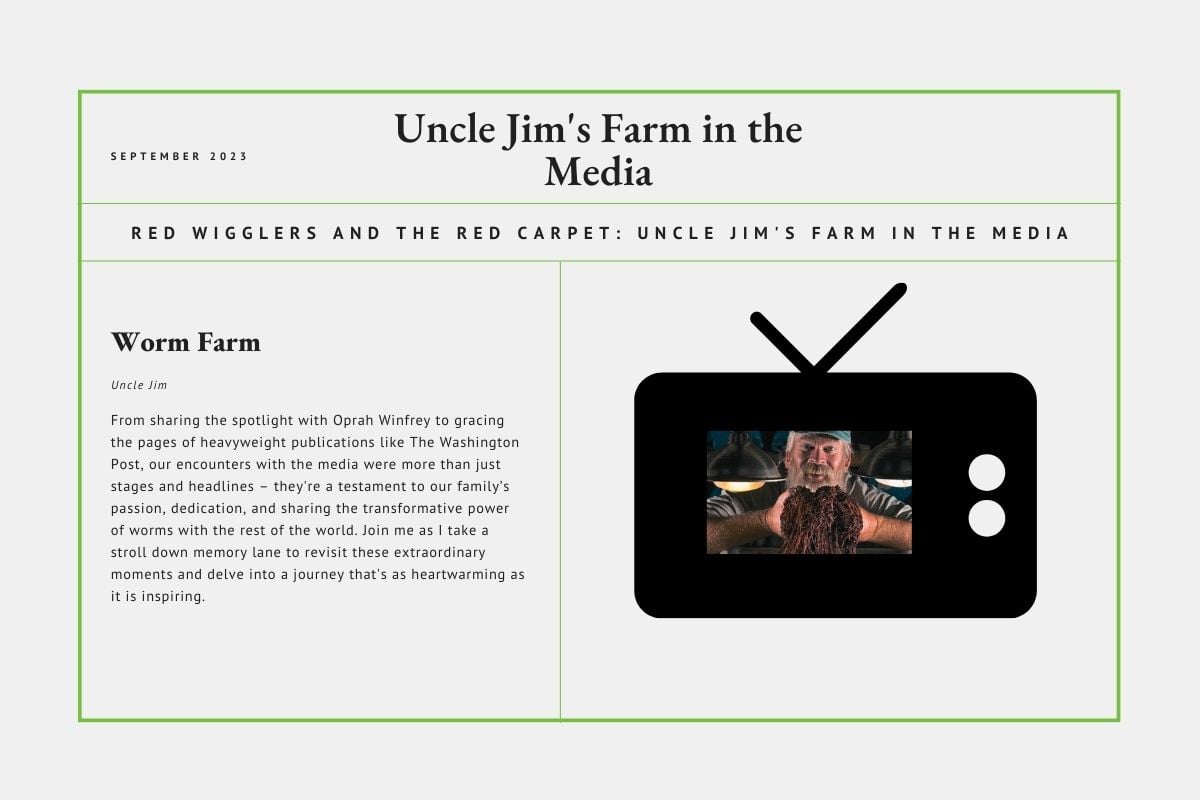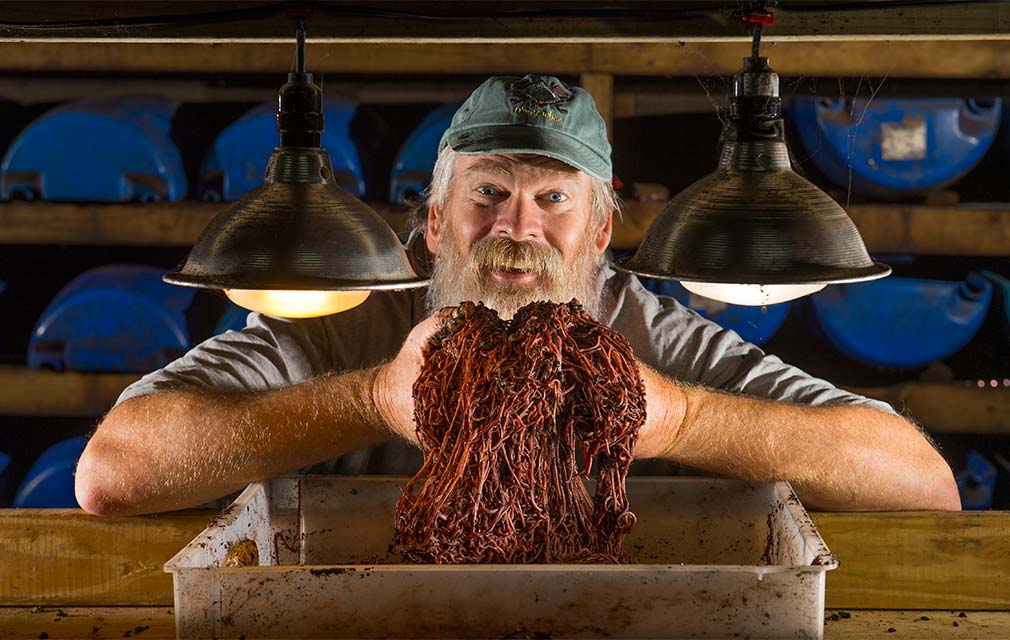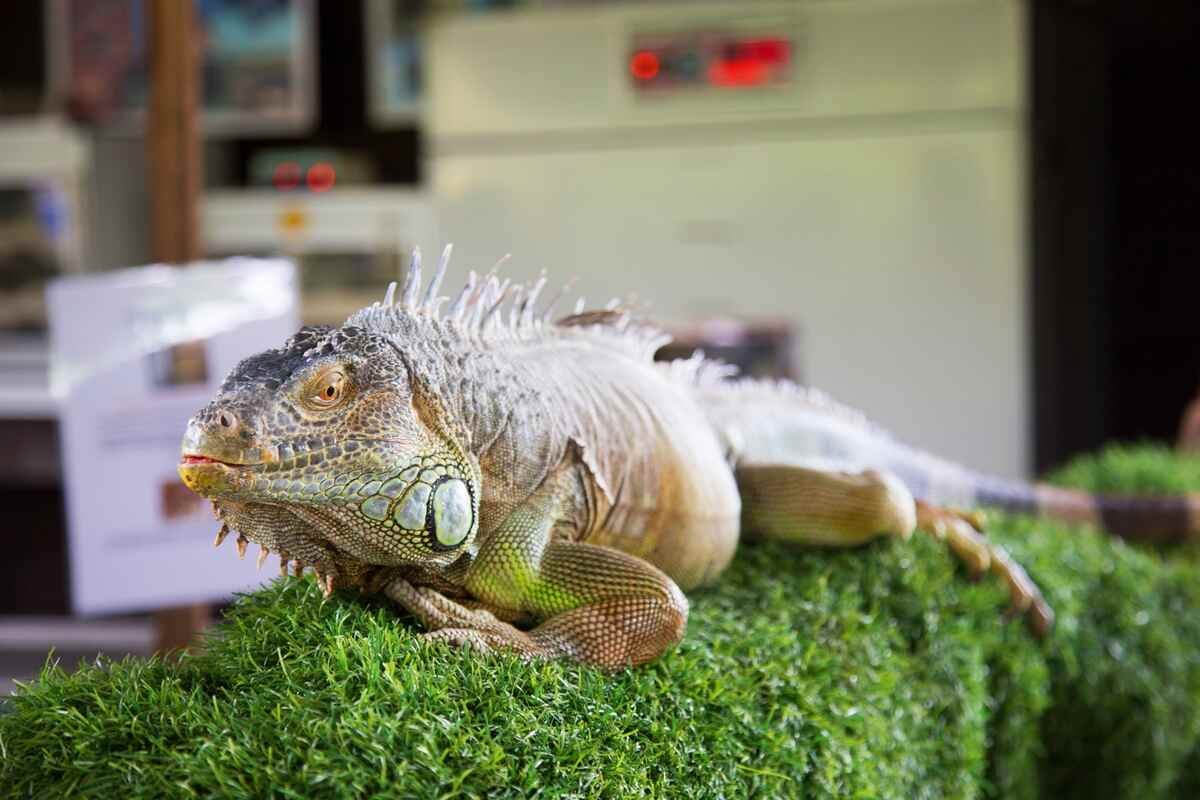By equipping yourself with the right knowledge and resources, you’ll find that composting can be a simple, rewarding practice that enhances not just your garden, but also the environment. Remember that composting is a dynamic process; it’s about learning, adapting, and enjoying the journey. Keep this guide as a living document, and don’t hesitate to add your own notes and discoveries as you delve deeper into the world of composting.
Introduction
Welcome to a greener world where your kitchen scraps and yard waste become valuable treasures for your garden. Home composting is not just an eco-friendly practice but also a rewarding hobby that enriches your soil and nurtures your plants. In this comprehensive guide, we’ll delve deep into the world of composting at home, with a spotlight on worm composting, a simple yet effective method to accelerate your composting journey.
Chapter 1: The Essentials of Home Composting
Composting at home begins with understanding the basics. In this chapter, we’ll explore:
- What is composting?
- The benefits of composting for your garden
- The science behind decomposition
- Composting methods: Hot composting vs. cold composting
Chapter 2: Setting Up Your Home Composting System
Setting up a composting system at home is easier than you might think. We’ll cover:
- Choosing the right location for your compost bin
- Types of compost bins: From DIY to store-bought solutions
- What can and can’t be composted?
- Balancing greens and browns for the perfect compost mix
Chapter 3: Backyard Worm Composting 101
Dive into the fascinating world of worm composting:
- Introduction to vermicomposting
- Choosing the right worms: Red wigglers and European nightcrawlers
- Setting up your worm bin: Size, bedding, and maintenance
- Feeding your worms: Best practices and common mistakes
Chapter 4: Maintaining Your Composting System
Learn how to keep your composting system thriving:
- Aeration and moisture: Keeping your compost healthy
- Troubleshooting common composting problems
- Harvesting your compost: When is it ready?
- Using your compost: The perfect natural fertilizer for your garden
Chapter 5: Advanced Composting Techniques
Take your composting to the next level:
- Composting in different climates: Tips for success
- Bokashi composting: An anaerobic alternative
- Worm tea: Liquid gold for your plants
- Community composting: Joining forces with neighbors
Chapter 6: The Environmental Impact of Home Composting
Reflect on the broader implications of your composting efforts:
- Reducing waste and greenhouse gases
- Creating a sustainable cycle in your backyard
- Encouraging biodiversity with composting
Chapter 7: Conclusion and Next Steps
Embrace composting as part of your lifestyle:
- Continuing education: Books and resources for further learning
- Composting year-round: Tips for all seasons
- Engaging the family: Making composting a household practice
Chapter 1: The Essentials of Home Composting
Welcome to the transformative world of composting! As we embark on this sustainable journey together, you’ll discover the remarkable benefits and the simple science that make composting an essential practice for any gardener. In this first chapter, we’ll cover the foundational elements of home composting.
What is Composting?
Composting is a natural process that recycles organic matter, such as leaves, vegetable scraps, and paper products, into a rich soil amendment known as compost. At its core, composting is about harnessing the natural decay of organic material to create a nutrient-rich humus that feeds and conditions the soil. It’s the ultimate act of recycling – taking what we don’t need and turning it into something that benefits our gardens, our environment, and our planet.
The Benefits of Composting for Your Garden
The advantages of incorporating compost into your garden are vast:
- Soil Structure Improvement: Compost improves the structure of your soil, increasing its ability to retain nutrients and moisture, which are essential for plant growth. (read more: https://unclejimswormfarm.com/how-worms-help-your-soil/, https://unclejimswormfarm.com/how-to-fix-compacted-soil/)
- Nutrient-Rich: Compost is teeming with essential nutrients that plants require, including nitrogen, phosphorus, and potassium.
- Microbial Activity: Adding compost introduces beneficial microorganisms that break down organic materials, releasing nutrients in the process.
- pH Balance: Compost can help balance the pH levels of your soil, making it neither too acidic nor too alkaline. (read more: https://unclejimswormfarm.com/benefits-composting/)
- Disease Suppression: Healthy soil bolstered by compost can suppress plant diseases and reduce the need for chemical fertilizers and pesticides.
- Erosion Control: Compost increases soil stability, reducing erosion and runoff. (read more: https://unclejimswormfarm.com/the-effectiveness-of-worm-castings-on-garden-soil-and-plants/)
The Science Behind Decomposition
Decomposition is a complex biological process involving microorganisms like bacteria and fungi, which break down organic matter. These microorganisms require oxygen, water, and food – your compostable materials – to thrive. As they consume, they produce heat, water, and carbon dioxide, transforming the waste into stable, soil-like compost.
In this biological orchestra, different organisms play their part at various stages. From the initial bacteria that tackle the fresh scraps to the fungi that break down the tougher lignin in woody material, each has a crucial role in creating a finished compost.
Composting Methods: Hot Composting vs. Cold Composting
There are two primary methods of composting – hot and cold:
- Hot Composting: This method is for the more active gardener. It involves managing the balance of ‘greens’ (nitrogen-rich materials) and ‘browns’ (carbon-rich materials) to maintain a compost pile that heats up to between 135-160°F (57-71°C). The heat is a byproduct of intense microbial activity and helps to break down materials quickly while killing most weed seeds and pathogens. Hot composting requires regular turning of the pile to maintain oxygen levels and can produce compost in as little as a few weeks to a few months.
- Cold Composting: This is a more laid-back approach. You still add greens and browns, but you don’t monitor the temperature or turn the pile regularly. Decomposition still occurs, but at a slower rate since it relies on fungi and soil organisms more than heat-generating bacteria. It’s a longer process, often taking a year or more, but it’s less labor-intensive. (read more: https://unclejimswormfarm.com/vermicomposting-hot-or-cold-composting/)
Both methods have their place in home composting. Your choice depends on your commitment level, available time, and the speed at which you want to produce compost.
Composting is a rewarding practice with numerous benefits for your garden and the environment. By understanding the basics of what composting is, the benefits it provides, the science behind it, and the methods you can use, you’re well on your way to creating your own composting system at home. Stay tuned for the next chapter, where we’ll delve into setting up your home composting system for success.
Chapter 2: Setting Up Your Home Composting System
The journey into home composting continues as we turn theory into practice. In this chapter, we’ll navigate the practical aspects of establishing your own composting system at home.
Choosing the Right Location for Your Compost Bin
The location of your compost bin can significantly impact its success. Here are some tips for choosing the ideal spot:
- Accessibility: Ensure the spot is easily accessible year-round. You’ll want to add materials and harvest compost regardless of the season.
- Sunlight: While not mandatory, a location with partial sunlight can help warm the pile and speed up the composting process. However, too much sun might dry out the bin, so balance is key. (read more: https://unclejimswormfarm.com/kitchen-scraps-reduce-compost-re-grow/)
- Drainage: Good drainage is essential to prevent your compost from becoming waterlogged. An area with a slight incline or well-drained soil can be advantageous.
- Proximity to Materials: Ideally, it should be near the source of your compost materials, like your kitchen or garden, to minimize the effort required to transport scraps and yard waste.
Types of Compost Bins: From DIY to Store-Bought Solutions
Compost bins come in all shapes and sizes, and choosing one largely depends on your needs and space:
- DIY Bins: A cost-effective and customizable option. Pallets, chicken wire, or even a simple pile can serve as a compost bin. Just ensure proper aeration and access for turning the compost. (read more: https://unclejimswormfarm.com/diy-worm-bin/)
- Tumblers: These are great for hot composting. They are elevated and allow for easy turning of the compost, which is essential for aeration and speeding up the decomposition process.
- Stationary Bins: These can be bought or built and are typically stationary with an open bottom that sits directly on the soil, allowing worms and microorganisms to enter from below.
- Worm Bins: Also known as vermicomposting bins, these are specifically designed for worm composting and are a good option for indoor or small-space composting. (read more: https://unclejimswormfarm.com/types-of-composting-bins/)
What Can and Can’t Be Composted?
Knowing what to add to your compost bin is crucial for creating high-quality compost and preventing problems:
- Green Materials (Nitrogen-Rich): Fruit and vegetable scraps, coffee grounds, fresh grass clippings, and plant trimmings add necessary nitrogen to your pile.
- Brown Materials (Carbon-Rich): Dry leaves, straw, wood chips, paper, and cardboard provide carbon. A proper balance of greens and browns is essential for a healthy, odor-free compost pile.
- Water: Keep your compost moist, but not soaked, as moisture is necessary for the decomposition process.
Avoid composting meats, dairy products, oils, and diseased plants as they can attract pests and pathogens. Also, be cautious with adding weeds that may have seeds or invasive roots.
By selecting an ideal location, choosing the right type of bin, and knowing what materials to compost, you are now equipped to start your composting adventure. Remember, composting is a forgiving process, and even mistakes can lead to learning and improvement. In the next chapter, we’ll explore how to maintain your compost pile and troubleshoot common issues. Stay tuned to transform your kitchen scraps and yard waste into garden gold!
Chapter 3: Backyard Worm Composting 101
In this chapter, we delve into the intriguing and highly beneficial practice of vermicomposting—a method that utilizes worms to transform organic waste into nutrient-rich compost. Let’s embark on this journey to create ‘black gold’ for your garden.
Introduction to Vermicomposting
Vermicomposting, or worm composting, is the process of using certain species of earthworms to decompose organic food waste, turning it into a valuable soil amendment known as vermicompost or worm castings. This method is efficient, requires relatively little space, and can be done indoors or outdoors, making it accessible for many gardeners. (read more: https://unclejimswormfarm.com/vermicomposting-for-beginners/)
Choosing the Right Worms: Red Wigglers and European Nightcrawlers
The success of your worm bin largely depends on the type of worms you use. The most popular choices are:
- Red Wigglers (Eisenia fetida): These are the champions of vermicomposting. They thrive in decomposing organic material, reproduce quickly, and tolerate a wide range of temperatures.
- European Nightcrawlers (Eisenia hortensis): Larger than red wigglers, these worms are also effective composters and are known for being excellent bait worms for fishing. (read more: https://unclejimswormfarm.com/red-wigglers-vs-nightcrawlers-whats-the-difference/)
It’s important to note that ordinary garden earthworms are not suitable for worm composting as they have different habitat preferences.
Setting Up Your Worm Bin: Size, Bedding, and Maintenance
When setting up your worm bin, consider the following:
- Size: The size of your worm bin should be based on how much kitchen waste you generate. A good rule of thumb is one square foot of surface area per pound of waste per week.
- Bedding: Your worms need a comfortable bedding to live in, such as shredded newspaper, cardboard, or coconut coir. Bedding should be moist but not soggy to provide an ideal environment for the worms.
- Maintenance: Keep the bin covered to maintain moisture and darkness but ensure there are holes for aeration. The bedding should be turned occasionally to provide oxygen and discourage fruit flies.
Feeding Your Worms: Best Practices and Common Mistakes
Feeding your worms correctly is vital:
- Best Practices: Feed your worms a diet of non-citrus fruit and vegetable scraps, eggshells, coffee grounds, and tea bags. Bury the food waste under the bedding to prevent odors and pests.
- Common Mistakes: Avoid overfeeding your worms and steer clear of meat, dairy, oily foods, and citrus, which can create odors and attract pests. Also, finely chopped food is easier for worms to process. (read more: https://unclejimswormfarm.com/composting-worms-mistakes/)
Worm composting is an ongoing cycle: feeding worms food scraps, they produce castings, and then you harvest the castings to enrich your garden. As your skills grow, you’ll find vermicomposting an enjoyable and rewarding way to reduce waste and improve your garden’s health. In our next chapter, we’ll learn how to harvest and use your vermicompost effectively. Stay with us as we continue to unlock the secrets of successful backyard composting.
Chapter 4: Maintaining Your Composting System
Maintaining a composting system is akin to tending a garden; it requires attention and care to flourish. In this chapter, we’ll go over the critical aspects of maintaining your compost to ensure it remains a productive part of your gardening routine.
Aeration and Moisture: Keeping Your Compost Healthy
The health of your compost relies on a balance of aeration and moisture. Microorganisms responsible for breaking down organic material need both air and water to survive.
- Aeration: Regularly turning your compost helps introduce oxygen that is vital for aerobic decomposition. Tools like compost aerators or a simple pitchfork can be used to fluff the pile and prevent compaction.
- Moisture: Your compost should be as damp as a wrung-out sponge. If it’s too dry, microbial activity slows down; if it’s too wet, it can become anaerobic and smelly. Add dry materials or water as needed to maintain the proper moisture level.
Troubleshooting Common Composting Problems
Even with the best practices, sometimes things go awry. Here are some common issues and their solutions:
- Bad Odor: This usually indicates a lack of air or too much moisture. Turn your compost to aerate it, and add dry, brown materials to absorb excess moisture.
- Pests: Properly managing your compost will discourage pests. Avoid adding meats, dairy, and oily foods, and always bury your kitchen scraps under the compost or bedding material. (read more: https://unclejimswormfarm.com/common-household-pests-inside-the-worm-bin/)
Harvesting Your Compost: When is it Ready?
Compost is generally ready to harvest when it’s dark, crumbly, and has an earthy smell. It should also be cool, indicating that the microbial activity has slowed down as most of the organic material has been broken down.
- Timing: Depending on the method and materials, compost can take anywhere from a couple of months to a year to mature.
Using Your Compost: The Perfect Natural Fertilizer for Your Garden
Finished compost is a versatile material that can be used in several ways in the garden:
- As a Soil Amendment: Mix compost into your garden beds to improve soil structure, water retention, and aeration.
- As Mulch: Applying compost around plants can help suppress weeds and retain soil moisture.
- For Potting Mix: You can use compost as an ingredient in potting mix for containers and raised beds.
By returning nutrients to the soil, your compost closes the loop in a sustainable gardening cycle, reducing waste and enhancing the vitality of your garden. With a well-maintained composting system, you’ll not only benefit your plants but also contribute to a healthier ecosystem. In the next chapter, we’ll dive into advanced techniques and tips to further refine your composting practices for even better results.
Chapter 5: Advanced Composting Techniques
Composting is a flexible process, adaptable to various environments and preferences. In this chapter, we delve into advanced techniques that cater to different climates, explore anaerobic composting methods, harness the power of worm tea, and consider the community-driven approach to composting.
Composting in Different Climates: Tips for Success
Your climate can greatly affect your composting process. Whether you’re in a dry, arid region or a cold, northern climate, here are some strategies to ensure composting success:
- Dry and Arid Climates: Moisture conservation is key. Cover your compost to minimize evaporation and consider a closed-bin system to retain moisture. Chop materials into smaller pieces to speed up decomposition.
- Cold and Northern Climates: Insulation is crucial in cold weather. You can insulate your compost pile with straw bales or a compost blanket. Additionally, a tumbler system can keep the compost active during the colder months.
Bokashi Composting: An Anaerobic Alternative
Bokashi composting is a method that ferments organic waste, including meat and dairy, in an anaerobic environment:
- The Process: Bokashi utilizes a special bran mixed with effective microorganisms to ferment kitchen scraps in a sealed container.
- The Result: The output is a pre-compost that can be buried in your garden to finish decomposing, which happens rapidly due to the acidic anaerobic environment created during fermentation.
Worm Tea: Liquid Gold for Your Plants
Worm tea is a nutrient-rich liquid made from the leachate of a worm bin or vermicompost steeped in water. It’s an excellent liquid fertilizer:
- Making Worm Tea: Soak a bag of vermicompost in water, and aerate it to encourage beneficial bacteria. After 24-48 hours, you’ll have a potent liquid fertilizer. (read more: https://unclejimswormfarm.com/a-simple-way-to-make-and-use-worm-tea/)
- Using Worm Tea: Apply it to your plants’ soil as a boost of nutrients or as a foliar spray to deter pests and diseases.
Community Composting: Joining Forces with Neighbors
Community composting brings people together to manage organic waste collectively. This can be an excellent option for those who don’t have the space or resources to compost individually:
- Starting a Community Compost: Partner with neighbors, local gardens, or community centers to start a communal compost pile. It can serve as a resource for the whole group.
- Benefits: Community composting not only reduces waste but also fosters a sense of unity and shared purpose. It can be educational and often leads to larger sustainability efforts within the community.
By exploring and applying these advanced composting techniques, you can optimize your composting process to better suit your lifestyle, contribute to your community, and push the boundaries of sustainable living. As we become more innovative with our composting practices, we contribute to a healthier planet and a greener future.
Chapter 6: The Environmental Impact of Home Composting
Composting at home does much more than just reduce the amount of waste in landfills; it plays a significant role in addressing larger environmental concerns. Let’s reflect on how integrating composting into your household routine can lead to profound ecological benefits.
Reducing Waste and Greenhouse Gases
One of the most immediate impacts of home composting is the significant reduction in waste sent to landfills. Organic matter in landfills decomposes anaerobically, producing methane—a greenhouse gas with more than 25 times the heat-trapping capability of carbon dioxide. By composting at home, you are diverting this organic waste and thus reducing the production of methane, helping to mitigate climate change.
- Statistics to Consider: It’s estimated that composting can divert as much as 30% of household waste away from the garbage bin.
- Composting as a Carbon Sink: Compost-rich soils can store carbon, functioning as a “carbon sink,” which helps offset carbon emissions from various sources. (read more: https://unclejimswormfarm.com/composting-worms-greenhouse-gas-emissions/)
Creating a Sustainable Cycle in Your Backyard
Composting transforms waste into a resource, creating a closed-loop system in your garden. This sustainable cycle replenishes the soil with nutrients without the need for chemical fertilizers, which are energy-intensive to produce and often lead to harmful runoff that pollutes waterways.
- The Cycle: Kitchen scraps and yard waste turn into compost, which then feeds the garden, producing more food scraps and plant matter, and the cycle begins anew.
- Sustainable Gardening: Using compost improves soil structure, moisture retention, and provides a slow-release source of nutrients, promoting healthier plant growth and resilience against pests and diseases.
Encouraging Biodiversity with Composting
A well-maintained compost pile is a hotbed of microbial activity, which is essential for healthy soil ecology. This micro-ecosystem becomes the foundation for a larger web of biodiversity:
- Microbial Life: Beneficial bacteria and fungi in compost support plant health and contribute to a more balanced soil ecosystem.
- Attracting Beneficial Creatures: A healthy garden with rich compost attracts pollinators, beneficial insects, and other wildlife, contributing to ecological balance and diversity.
- Education and Awareness: Engaging in composting can heighten awareness of the interconnectedness of life and the importance of each species in the ecosystem, encouraging broader environmental stewardship.
Home composting is a simple yet profound act of ecological responsibility. By turning your scraps into soil, you’re taking a powerful step toward a more sustainable and resilient planet. It’s an investment not just in your garden, but in a future where human activities contribute positively to the health of the Earth.
Chapter 7: Conclusion and Next Steps
As we draw this guide to a close, remember that the journey into composting is continuous and always evolving. Integrating composting into your lifestyle is not just about waste reduction — it’s about embracing a sustainable practice that benefits both the earth and future generations. Here’s how you can further deepen your composting knowledge and practice:
Continuing Education: Books and Resources for Further Learning
The world of composting is rich with information, and there’s always more to learn. Educate yourself further by diving into a variety of resources:
- Recommended Reads: Explore books like “Composting for a New Generation” by Michelle Balz or “How to Start a Worm Bin” by Henry Owen for a deeper understanding of worm composting.
- Online Forums and Communities: Join composting forums, Facebook groups, or Reddit communities to exchange tips and experiences with fellow composting enthusiasts.
- Workshops and Local Classes: Look for local composting workshops or classes, which can offer hands-on experience and expert advice.
Explore Composting Books and Resources
Composting Year-Round: Tips for All Seasons
Composting doesn’t stop when the weather changes; it’s a year-round commitment. Each season brings its own set of considerations:
- Winter Composting: While composting slows down in colder months, you can still maintain your pile by layering browns and greens correctly and insulating your compost bin to retain heat. (read more: https://unclejimswormfarm.com/winter-worm-care-guide/)
- Summer Care: In the summer, be sure to keep your compost pile moist and turn it regularly to prevent it from drying out or becoming too hot. (read more: https://unclejimswormfarm.com/composting-worms-cool-summer/)
Engaging the Family: Making Composting a Household Practice
Involving your entire household in composting can be both fun and educational. Here are a few ideas to get everyone involved:
- Composting with Kids: Turn composting into a science project for kids, teaching them about the cycle of life and the importance of taking care of the environment. (read more: https://unclejimswormfarm.com/educational-composting-projects-biology/)
- Shared Responsibilities: Assign different composting tasks to family members, making it a team effort.
- Creative Usage: Use the compost you produce together to plant a family garden, fostering a connection with the food you eat and the earth it comes from.
As we conclude, remember that every small action counts. Whether you’re a seasoned composter or just beginning, your efforts contribute to a larger movement towards ecological balance. Keep learning, keep composting, and enjoy the rich rewards that this ancient practice brings to modern life.









One thought on “Mastering Home Composting Solutions and Backyard Worm Composting”
Hey, we love what you are doing! We believe that making a positive impact on the environment is a shared responsibility. On our end, we produce sustainable alternatives to plastic, and we’ll be delighted to share some samples of our OK home compost-certified bags. Please feel free to visit our website to learn more about our eco-friendly solutions and our certified OK home compostable bags. Our website is http://www.amscompostableusa.com. Don’t hesitate to contact me so I can send some samples out to you. Together, let’s make a difference for our planet :)